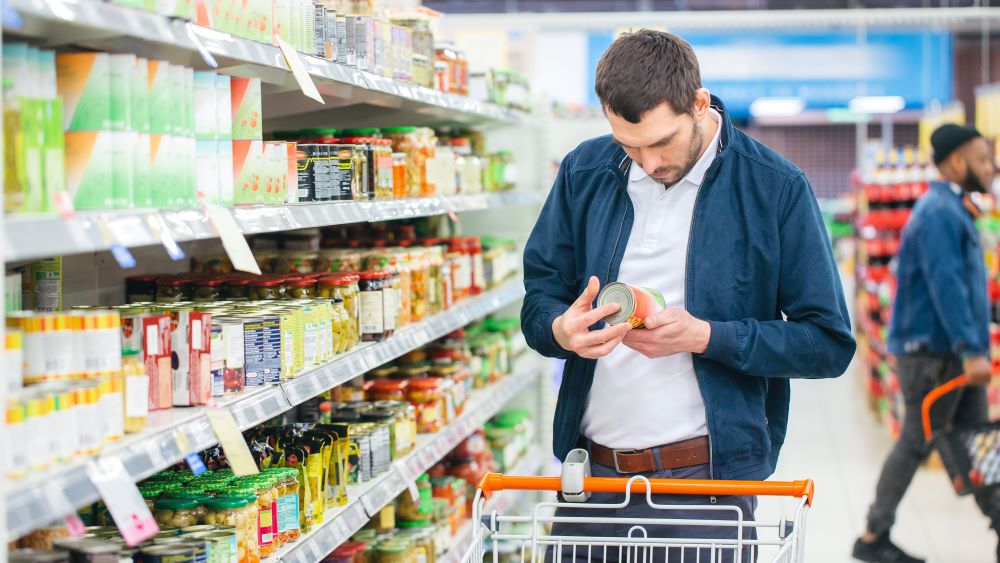
Annual food inflation rose to 13.3% in December, the highest since trade body the British Retail Consortium (BRC) and researcher Nielsen began collecting data in 2005.
The rate was up from 12.4% in November as the price of many essential foods rose with Russia’s war in Ukraine continuing to drive up energy costs.
As well as energy hikes, high prices for animal feed and fertiliser led to higher food prices on supermarket shelves ahead of Christmas.
The BRC chief executive, Helen Dickinson has warned that consumers could face further increases in 2023 “as inflation shows no immediate signs of waning”.
Government support
She added that price rises could be fuelled once the Government’s energy bill support scheme for business expires in April.
“Without the scheme, retailers could see their energy bills rise by £7.5bn. Government must urgently provide clarity on what future support might look like or else consumers might pay the price,” she said.
The Guardian reports that the inflation rate for fresh produce was even higher at a new record of 15% in December, up from 14.3% a month earlier.
Steep discounts on non-food products helped to bring December’s overall shop price inflation figure down to 7.3% from 7.4% in November, as high street stores and online retailers looked to shed excess stock built up during periods of disruption to supply chains earlier in 2022.
Worst over?
The FT reports that some economists suggest that the surge in prices has peaked, with the ONS last month finding UK inflation down from its 41-year high of 11.1% in October to 10.7% in November.
However, an ONS survey last month found that, in the first half of December, 45% of Britons had to cut back on food shopping and essentials because of the surge in living costs.
And at least one analyst, grocery insight provider IGD, is reported in European Supermarket Magazine as suggesting UK food inflation will get worse in early 2023 before improving later in the year. It quotes an IGD report, which forecasts food inflation to rise as high as 19%, before dissipating through the latter part of 2023.
Demand
This chimes with a report in Politico Morning Trade on research from Allianz Trade that suggests while inflation will remain “uncomfortably high” for a while, sluggish demand and other factors will see it drop back during 2023.
The war in Ukraine is expected to continue to make global food prices volatile, with wheat, soybean, and corn expected to have a choppy 2023, reports the WSJ.
Grain prices remain uncertain as they hinge on the outcome of a conflict that appears to have no end in sight, it adds.
Black sea deal
An agreement in the summer allowed grain to flow from Black Sea ports to world markets, and this was extended in November, despite Russian threats to withdraw from the scheme.
The initiative has seen 16 million tonnes of grain exported since August, reports Lloyds List.
But even this good news may come too late to keep the humble lunchtime meal deal as affordable as it used to be.
According to CityAM, its Meal Deal Inflation Index shows that even budget lunches from the links of Tescos and Greggs are getting more expensive.



